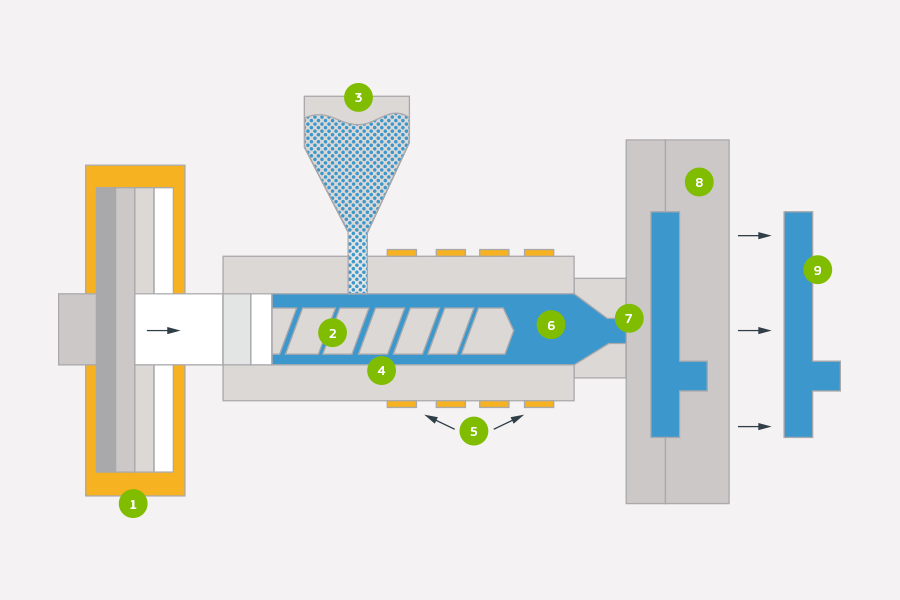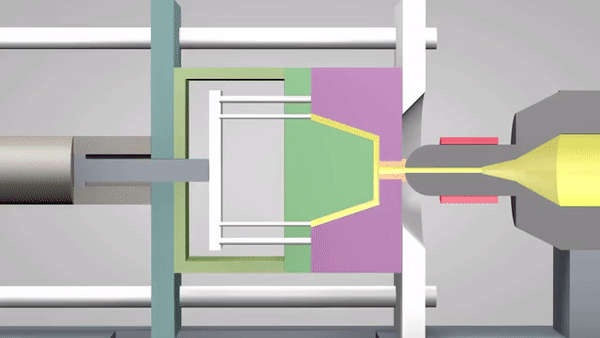Oem Fundamentals Explaineds
Wiki Article
Not known Details About Plastic Manufacturing
Table of Contents5 Easy Facts About Additive Manufacturing ExplainedThe smart Trick of Lean Manufacturing That Nobody is DiscussingThe 10-Minute Rule for Additive ManufacturingNot known Facts About Plastic ManufacturingAll about ManufacturingNot known Details About Manufacturing Industries
The message on this web page is an example from our complete White Paper 'Injection Moulding for Customers' - * Sample text * - for full guide click the download switch above! Introduction This guide is planned for people that are aiming to resource plastic mouldings. It offers a much needed insight into all that is entailed with developing plastic components, from the mould device required to the moulding procedure itself.If you intend to explore even more, the guide covers sorts of mould tools, as well as unique completing procedures such as colours & plating. Words that are highlighted can be found in the reference in the appendix ... Component I: Moulding: The Basics The Benefits of Shot Moulding Plastic shot moulding is a very accurate procedure that supplies a number of advantages over other plastic processing methods.
Precision is best for very detailed components. Compared to various other techniques, moulding enables you to incorporate more features at very tiny resistances. Look at the picture to the right. additive manufacturing. You can hold this moulding in the palm of your hand as well as it has managers, ribs, steel inserts, side cores as well as holes, made with a gliding closed off attribute in the mould tool.
Manufacturing - An Overview


from material feed Product melting; material injection; shot time cooling down ejection as well as the re-closing of the mould tool ready for prepared next cycleFollowing Draft angles - The walls of a moulded part should be somewhat tapered in the direction in which the component is ejected from the mould tool, to permit the part to be ejected conveniently.
Ejector stroke - The pushing out of ejector pins to eject the moulded component from the mould tool. Ejector stroke speed, size and timing requires to be very carefully managed to avoid damage to the ejectors and also mould tool, however at the very same time make the moulding cycle as short as possible.

The 7-Minute Rule for Manufacturing
Ribs - When a plastic component has slim walls, ribs are added to the layout to make the thin walls stronger Side cores - Side activity which generates a feature on a moulded component, at an opposing angle to the typical opening instructions of the mould tool. oem. The side core needs to be able to pull back as the plastic part can not be ejected or else.
Wall surfaces - The sides of a moulded component The message on this web page is a sample from our full White Paper 'Shot Moulding for Buyers'.
Injection moulding is commonly used for making a selection of components, from the smallest components to whole body panels of autos. Advances in 3D printing technology, using photopolymers that do not thaw throughout the injection moulding of some lower-temperature thermoplastics, can be made use of for some simple shot moulds. Shot moulding uses a special-purpose equipment that has 3 parts: the shot device, the mould and also the clamp.
The Only Guide for Lean Production
Refine features [modify] Shot moulding utilizes a ram or screw-type plunger to require liquified plastic or rubber material right into a mould dental caries; this solidifies into a shape that has actually satisfied the shape of the mould. It is most typically made use of to process both polycarbonate and thermosetting polymers, with the quantity utilized of the former being substantially higher.: 13 Thermoplastics prevail as a result of attributes that make them extremely appropriate for shot moulding, such as convenience of recycling, adaptability for a broad range of applications,: 89 and capability to soften as well as move on home heating.In numerous cavity moulds, each tooth cavity can be similar as well as form the same parts or can be one-of-a-kind and also develop several various geometries throughout a solitary cycle.
The screw delivers the raw product onward, blends and homogenises the thermal and also thick circulations of the polymer, and decreases the called for home heating time by mechanically shearing the product and including a considerable amount of frictional home heating to the polymer. The material feeds forward with a check find more information shutoff and gathers at the front of the screw into a quantity known as a shot. When sufficient product has actually gathered, the product is required at high pressure as well as velocity right into the component developing cavity. The exact amount of contraction is a function of the resin being used, as well as can be relatively foreseeable. To avoid spikes in stress, the procedure generally makes use of a transfer placement representing a 9598% complete cavity where the screw changes from a continuous velocity to a consistent stress control.
10 Simple Techniques For Mfg
Once the screw gets to the transfer placement the packing stress is used, which completes mould dental filling and compensates for thermal shrinking, which is fairly high for thermoplastics about many other products. The packaging pressure is used until the entrance (dental caries entrance) strengthens. Because of its small size, eviction is usually the top place to solidify with its whole thickness.: 16 Once the entrance solidifies, say goodbye to material can get in the dental caries; appropriately, the screw reciprocates and obtains product for the following cycle while the material within the mould cools from this source down to ensure that it can be ejected as well as be dimensionally secure.Report this wiki page